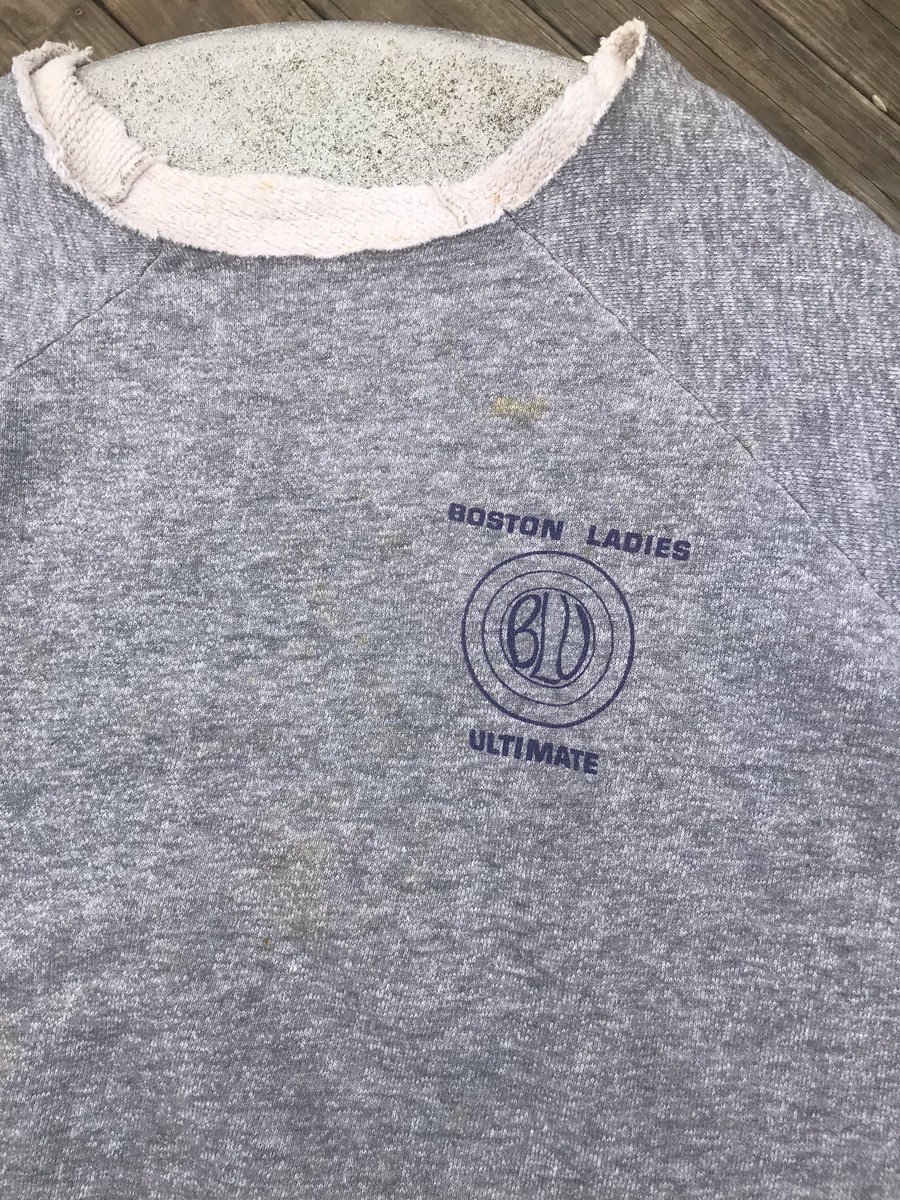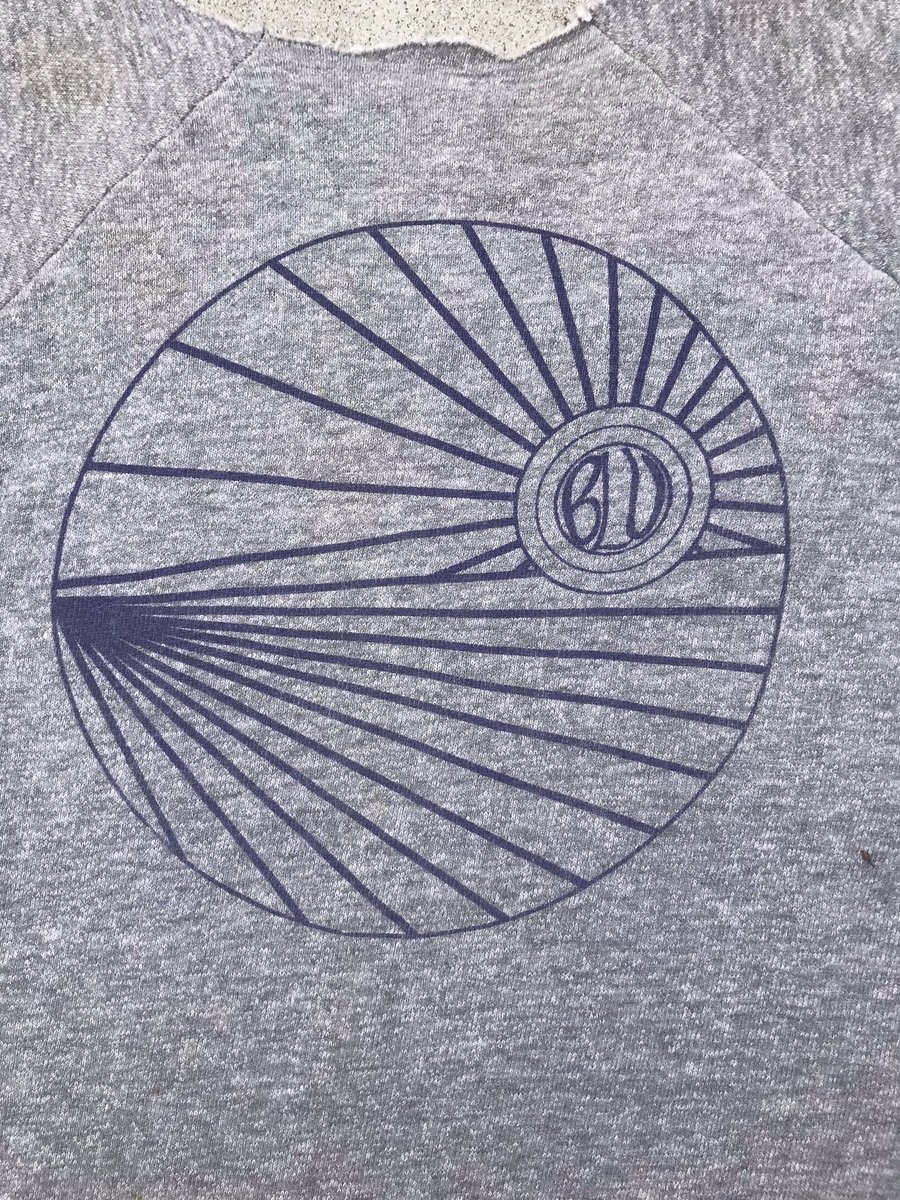I took my first women’s studies course at Cornell in 1973. I only remember two things from it. “Now this all makes sense” was my takeaway after almost every reading or lecture. It helped me understand the street harassment and sexual assault I had already experienced in my teens,
as well as why I loathed being over 6” tall. In junior high all the girls had to take a class on homemaking/fashion/family. Boys were in woodshop ofc. So the class started and the teacher asked tall skinny me and a student with a round body to come up to the front of the room.
She took out a bolt of fabric with wide blue and white stripes. She talked about body shapes and then demonstrated what she meant by draping the cloth over me, “now Tiina should never wear
vertical stripes because it accentuates her height” and around the other student “ and Nancy should never wear horizontal stripes because it makes her look even wider.”
Back to Ithaca. We were given an assignment to sexually harass men on campus. We were allowed to work in groups so three of us set up on the bridge that leads into Collegetown. I so wish I could remember the actual things that we half-shouted. I can only recall awkward laughing
and shame.
I continued to take English and women’s studies classes. One writing professor suggested I write about Newport in the style of John Updike. The course “Sex Roles and Linguistics” was fascinating and again put words to my feelings. My favorite class was
I continued to take English and women’s studies classes. One writing professor suggested I write about Newport in the style of John Updike. The course “Sex Roles and Linguistics” was fascinating and again put words to my feelings. My favorite class was
“Women, Race and Power.” It was taught by two women: a black Marxist and a white reformist. They consistently disagreed at the front of the room about what they were teaching. One of the students was a black Maoist named Pete and he sat in the back row and disagreed strongly with
with the professors. I watched in silence, totally enraptured and completely out of my element. I did not say one thing during the entire semester.
I started playing basketball at Cornell and I was neither a good player nor coachable. We were asked to come
I started playing basketball at Cornell and I was neither a good player nor coachable. We were asked to come
back early from winter break and only the new players showed up. Of course that makes sense to me now but not then. I was the center of course because I had no shot or dribble. I quit a few months in after going to a tournament at Princeton. Years later I found an old program and
realized that I had played in the first women’s Ivy League tournament ever.
I don’t know if Cornell still has this rule but all students used to have to learn how to swim before graduating. Now you would think someone who grew up 3 miles from the beach would know
I don’t know if Cornell still has this rule but all students used to have to learn how to swim before graduating. Now you would think someone who grew up 3 miles from the beach would know
how to swim. But I spent most of my time at Sachuest Beach learning how to body surf and playing in the waves. I could dog paddle but that wouldn’t cut it in a pool at Cornell. So I spent a semester learning how to swim four lengths of a pool, I think. I was the only white person
in the class. My peers were all women of color, mostly A-A. They couldn’t swim because they had no access to pools or beaches at home. It was the first time I was in a majority POC setting.
I spent the late 70s traveling around, looking for love in all the wrong places.
I spent the late 70s traveling around, looking for love in all the wrong places.
I lived in Austin for a few years and went to my first frisbee event, which was only individual competitions. I loved the vibe and saw players that would eventually become close friends in a few years. The first ultimate I saw being played was in the Arts Quad back at Cornell
where I was taking some grad classes. At 26 I found my sport.
At this point in ultimate’s development, there was no women’s division of any kind, although women’s teams were popping up on both coasts. The stall count was 15 ( and yes we freaked when it was reduced to 12).
At this point in ultimate’s development, there was no women’s division of any kind, although women’s teams were popping up on both coasts. The stall count was 15 ( and yes we freaked when it was reduced to 12).
Everyone threw Whamo-s and their 80 mold reigned supreme. I remember Jim Kenner, who founded Discraft, showing up at tournaments with his table full of ringless Ultrastars, trying to get us to try them. We scoffed.
I went to my first tournament with a team called Bosnell.
I went to my first tournament with a team called Bosnell.
We combined to play against the host NJ team. I remember little other than losing my backpack which eventually was returned to me. And fun. I remember it was so much fun.
Organizing pre-internet was challenging. Twice a year we would all
Organizing pre-internet was challenging. Twice a year we would all
travel to Ithaca/Purchase/Philly/New Haven for a weekend’s captains’ meeting to schedule tournaments and talk about other ultimate matters. The women would pick out a corner of the room and meet to discuss our issues. How do we get our own division? How do we get more women to
play? How to we get men to throw to us?
A squadron of activists went to California in 1980 to lobby Tom Kennedy, founder of the Ultimate Players Association, for a women’s division. I wasn’t part of that group but I provided phone support during the
A squadron of activists went to California in 1980 to lobby Tom Kennedy, founder of the Ultimate Players Association, for a women’s division. I wasn’t part of that group but I provided phone support during the
meeting. I don’t know why Tom was reluctant but he did give in. In 1981 the first women’s nationals was held. It was won by B. L.U, Boston Ladies Ultimate, led by Mary Lou Mahoney Cohn (founder), Suzanne Fields and Heather Morris.

 Read on Twitter
Read on Twitter



